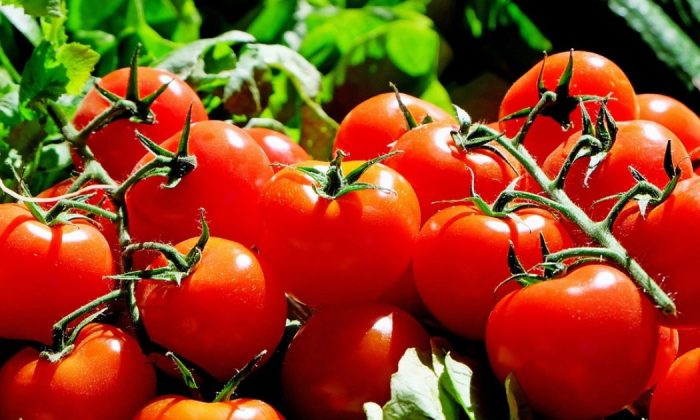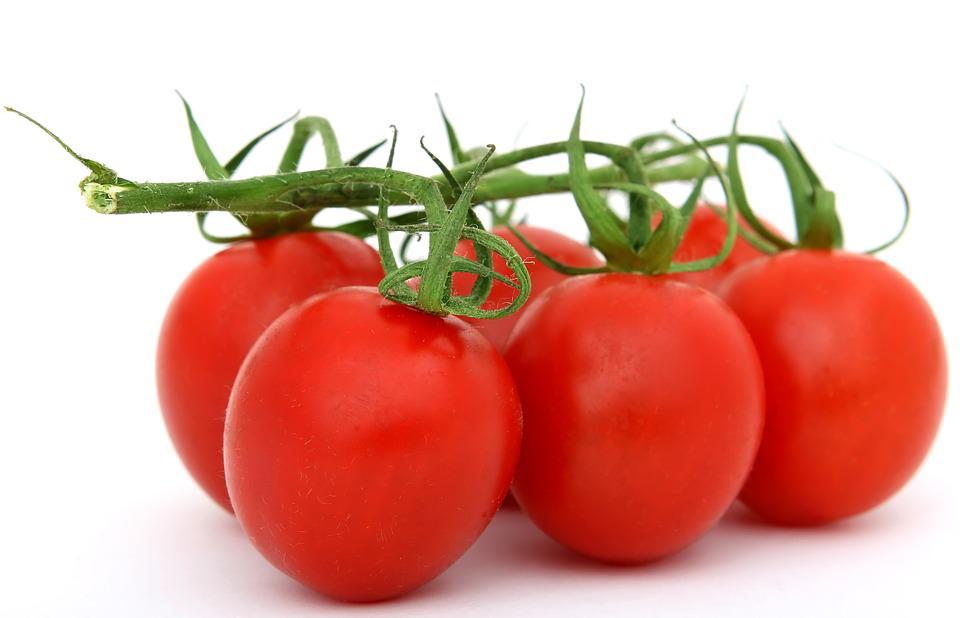Purple tomato leaves. What is the cause and how can you remedy it

Purple tomatoes are rather common variety and are becoming very popular. This unusually coloured fruits certainly add an exotic touch to any summer vegetable salad. However, sometimes you may notice purple tomato leaves and that is not a good sign. Here we shall list possible causes and ways to remedy purple tomato leaves.
Potassium deficiency
Potassium is a very important element for many plants because it is essential for proper growth. Among other things, potassium supports production of sugars and starches which increases the yield and makes you harvest sweeter. Potassium is essential for photosynthesis. Insufficient amount of ptassium may deform plants into unusual shapes and leaves may turn purple. Naturally, you can eliminate this problem by using a fertilizer with potassium (a fertilizer based on seaweed or wood ash).
Photo: Pixabay
Magnesium deficiency
Magnesium is another important element and if plants lack magnesium they can also have purple leaves. Magnesium deficiency slows down growth and also participate in the photosynthesis process. The remedy is to supply additional magnesium. A good source of magnesium is an organic compost for example, which you work into the soil or you may use it as mulch. Another option is to add magnesium in the form of magnesium sulphate (Epsom salt).
Phosphorus deficiency
Phosphorus is yet another very important element that is important for root growth. You can recognize phosphorus deficiency if you notice dark green to slightly purple leaves. If you fail to take an action your plants will grow at much slower rate and bloom late. Sometimes you may also notice curled and spotty leaves. Again the solution is to add the missing nutrient – phosphorus. The ideal supplement is a bone meal, which is basically a bone powder.
Cold soil
Yes, a cold soil may also be the culprit. Your soil may have the necessary nutrients but plants may not be able to utilize them well due to cold soil. Especially, seedlings have difficulty absorbing essential minerals from cold soil . This is also manifested by purple or even yellowing of the leaves. As soon as the soil warms up the situation may improve however, the plants may remain undersized or deformed which negatively impacts the quality of the harvest. Therefore, you should always wait for the right time to plant tomatoes outdoors.
Sunlight
Too much sunlight (or too much light if you use artificial lightning) can burn plants and leaves may turn purple and dry out. Well, if that is the case simply reduce the light intensity and add a suitable fertilizer.
Viral diseases
Some viral diseases can also cause purple leaves and if that is the case, you need to identify the source and take an appropriate action.
Source:
https://www.tomatobible.com/tomato-leaves-turning-purple/
https://cs.agrolib.rs/proc-maji-sazenice-rajcat-fialove-listyrajcata-1341
Preview photo: Pixabay

Gardening is my hobby, I have a lot of experience and I am happy to share it.









0 comments